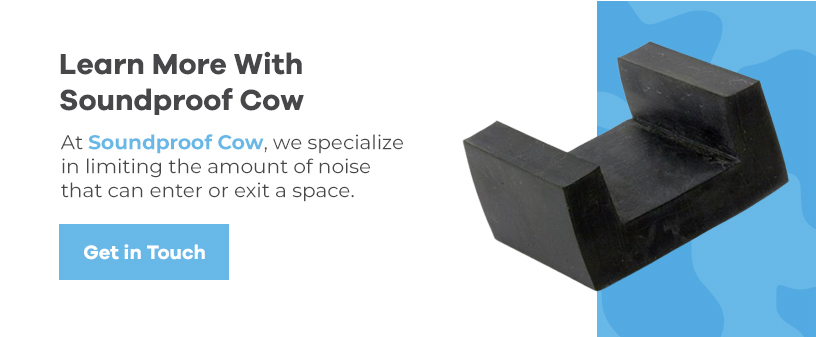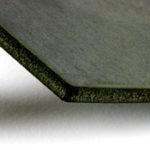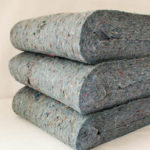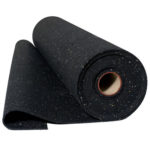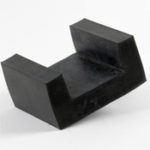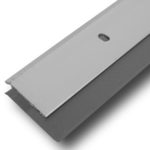
Living in a busy city is great for many reasons, but you’ll have to deal with the noise you hear daily. Sound is bound to invade your space when you live in an apartment or home with neighbors and traffic so close by. Fortunately, soundproofing methods and materials can make exterior noise less of an issue. Check out some of our busy city soundproofing solutions.
Understand the Noise Source and How to Treat It
There are two types of exterior noise you’ll deal with living in a major city — structural and airborne.
Structural noise occurs when a soundwave’s energy causes a surface to vibrate, such as when your neighbor bangs on the wall or ceiling. Airborne noise is sound that travels through the atmosphere like music, voices, car alarms and others. It squeaks through cracks and wiggles through thin surfaces.
Address structural noise by reducing a surface’s ability to vibrate and dampen airborne sounds by making the surfaces they travel through denser.
Address Specific Surfaces in Your Apartment
Here are a few ways to tackle airborne and structural noise in major cities:
Walls
Walls allow both airborne and structural noise. You can stop airborne noise from getting through your walls by adding mass and density. Products like mass-loaded vinyl provide more substance for the sound to pass through. Adding insulation inside or placing large, soft furnishings against the walls can dampen structural noise.
Floors
You may deal with sound coming up through the floors or worry about the noise you make stomping around at night. Products like rugs and furniture can reduce structural noise and minimize some airborne sound, but others like floor joist isolators and flooring underlayment will go the extra mile.
Ceilings
Upstairs neighbors can send structural and airborne noise down to your unit as they walk, move furniture, listen to music or chat. The best way to address both noise sources that come through ceilings is to build a suspended layer. Dropping your ceiling allows you to add sound-blocking and sound-absorbing absorbing materials like insulation or mass-loaded vinyl. You can separate and cushion the surfaces that would otherwise vibrate together after movement upstairs, helping you achieve sound isolation.
Doors
When soundproofing a door, you’ll use similar products and methods that you would when treating a wall. However, a door leaves room around the perimeter for noise to pass through. You can fill the gaps by installing a door seal or sweep under or along the door.
Learn More With Soundproof Cow
At Soundproof Cow, we specialize in limiting the amount of noise that can enter or exit a space. Feel free to get in touch to schedule an acoustic analysis and hear more ideas for soundproofing your city home.



